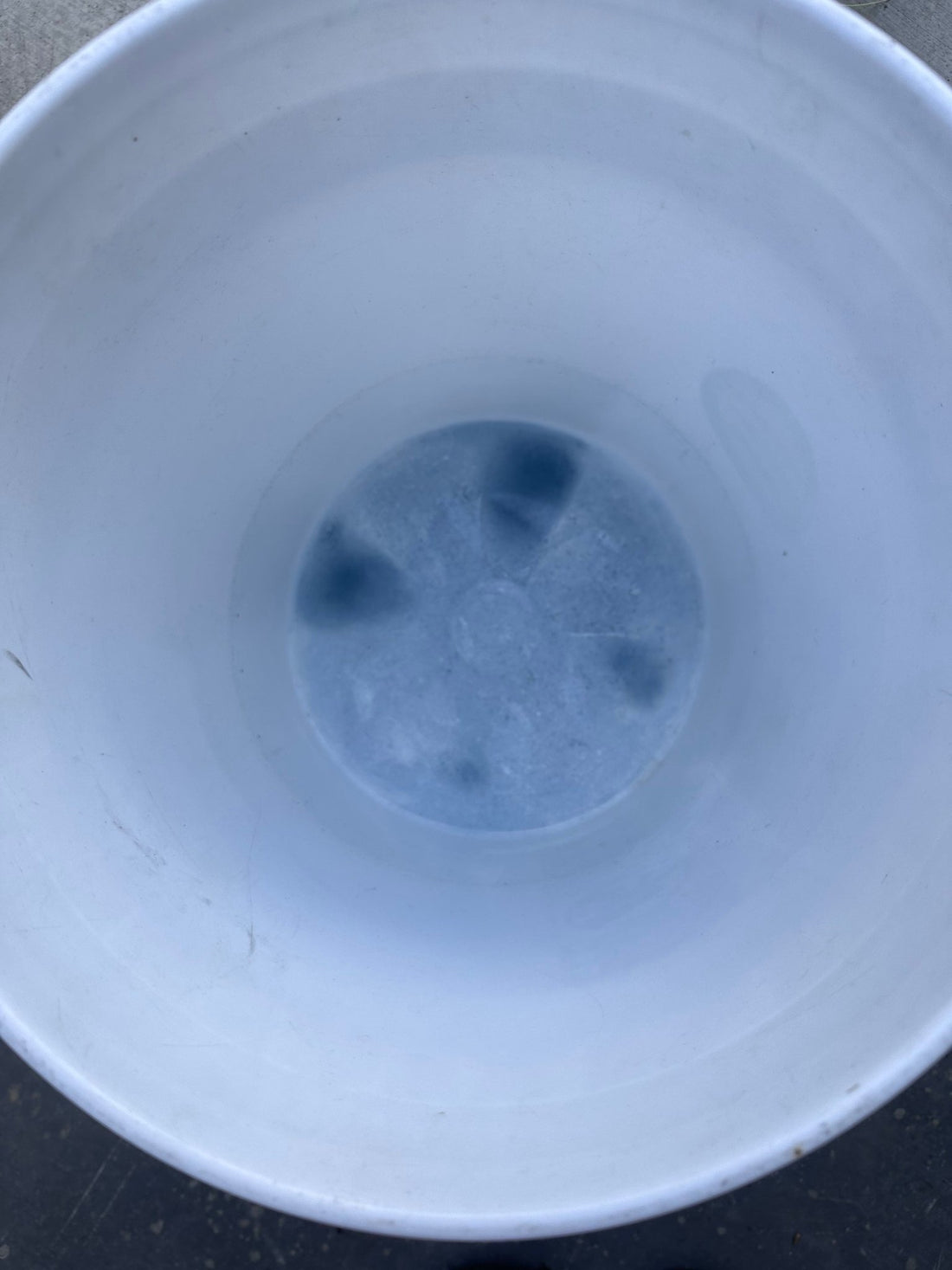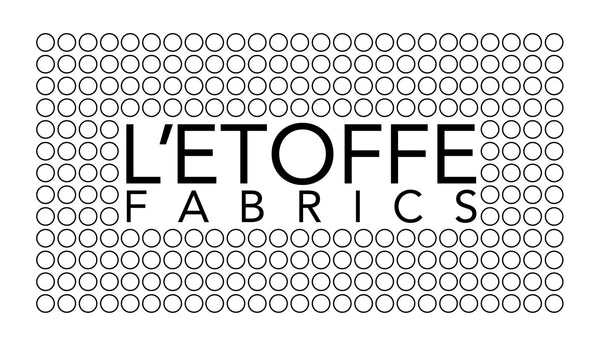
Buying Deadstock Fabric: How To Soften Your Deadstock Denim Purchase
Share


Denim is personal. Some love raw, crisp denim they will never wash. Others like soft draping enzyme washed denim. I keep neutral on the subject. If you want to start working with more denim in your sewing practice it is a good idea to be comfortable with how to prewash for more desired outcomes.
Keep in mind deadstock denim purchased directly from a designer can arrive in various forms and phases of the production process. Denim from Italy and Japan will be imported to the US in an unwashed or finished stage. Once stateside the denim may or may not undergo some kind of treatment. This is true for other imported fabric as well. In many cases pfd fabric is imported by designers and then dyed or treated here in Los Angeles. So depending...deadstock fabric can be purchased by a sewer at various points of a fabric's journey from raw to finished garment. Generally speaking I only stock 100% cotton denim so this blog post is only speaking about 100% cotton denim.
If you purchased some 100% cotton denim that has not been "treated," it may be stiff and you would like to "break it in" so here are some suggestions that work for me. There are no hard fast rules. Most importantly don't worry, if it's 100% cotton nothing serious is going to happen. If you are new to sewing and trepidatious about washing and working with various types of fabric - start with 2 yards of some crisp denim. Push through the fear, experiment, find a process that works for you.
What you need?
I have a couple of white food grade BPA free 5 gallon "paint buckets" on hand. Of course they don't have to be that fancy you can use a regular paint bucket. You can use any bin, a sink, whatever, I just like to use these buckets because they are portable allowing me to work outside. They are easy to work with and I like to dump my water on the patio or driveway to clean and save on water. White is good so you can see what you are working with.
Example of a process:
Below is one way that works for me, I am not a scientist, feel free to try something else. What is important is soapy water wash to remove sizing (starch), and then other washes - including vinegar, and add some epsom salt, baking soda.
- soak the denim in some tepid soapy water for 30 minutes
- take denim out of this bin and move to a vinegar bin, I use diluted industrial grade vinegar about 1/2 cup to a bucket filled about 3/4. Soak min 30 minutes or longer if you lose track of time. There usually is some residual dye. This is normal for unwashed denim. Note: there is a difference between dye washing out completely and some residual dye.
- I put in the washing machine for a quick wash cold with baking soda and more soap
- Dry in dryer on medium and add something to break the denim. I like clean old tennis shoes they are heavy and will the beat the denim, some people use tennis balls, or wool dryer balls. Remove while slightly damp to press, don't over dry.
At this point you may want to repeat one more time. Remember denim can work like linen in that it will break in and form to your body with wear so give it a chance. If you want to create a sewing practice that includes denim - experiment, experiment, experiment!
I never use commercial fabric softeners or soap with synthetic perfumes. These products contain substances that harm oceanic life. For more info on this refer to my other blog posts on fabric care.
